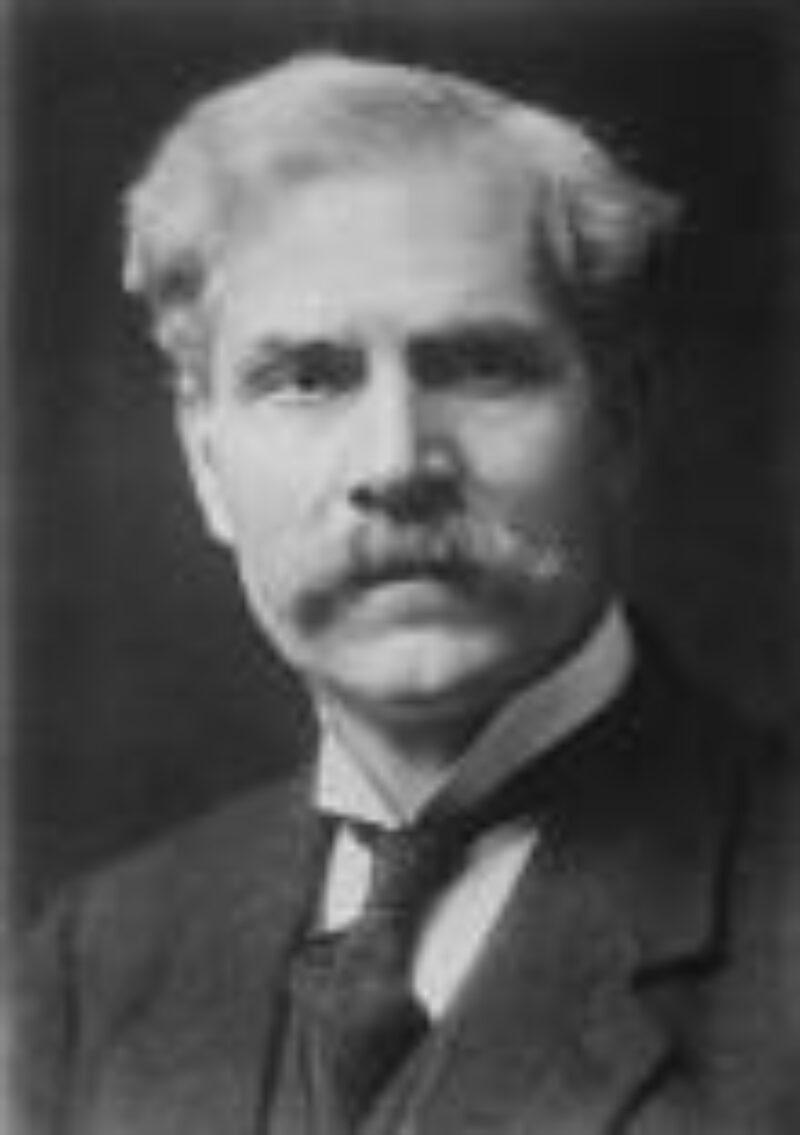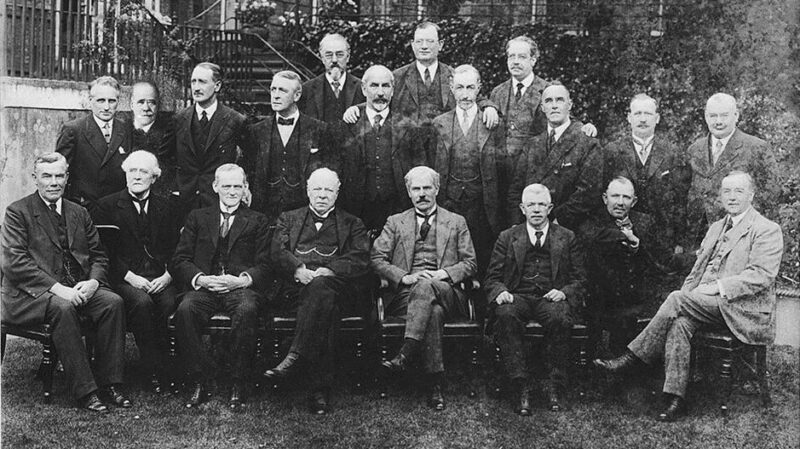On this day 100 years ago, on 22nd January 1924, the first Labour government took office, after an inconclusive election on 6 December 1923, under Leader of the Labour Party, Ramsay MacDonald who became both Prime Minister and Foreign Secretary.

Baldwin, whose decision to call a snap election over tariff reform in 1923 had misfired, thought defeat would unite the Conservatives and strengthen his position. Asquith had similar hopes for the Liberals, who had been losing ground to Labour since 1918.
Although the Conservative Party had 258 seats, the Labour Party 191 seats, and the Liberals 158 seats, Herbert Asquith announced that the Liberal Party would not keep the Tories in office. If a Labour Government were ever to be tried in Britain, he declared, “it could hardly be tried under safer conditions”.
Both Conservative and Liberal parties saw an advantage in ‘allowing’ Labour to take office expecting that MacDonald and the Labour government would soon show themselves incapable of governing.
The Daily Mail begged Liberal leader Asquith after that 1923 election to save Britain by forming a coalition to keep Labour out. But on 21 January 1924, Conservative Prime Minister Stanley Baldwin announced his resignation, and the following day Britain had a Labour government for the first time.

The right-wing press, unsurprisingly, professed disbelief that a group of socialist ‘wild men,’ whose party had been in existence for less than twenty years, could take charge of Britain and her Empire.
In the event, however, MacDonald’s management of foreign affairs during the nine months in office was both inspiring and effective and did more than enough to prove Labour’s competence in foreign affairs.
At home, the new Labour government passed legislation that introduced changes to Housing, Education, Pensions, Protection from Eviction and Agricultural Wages improving the lives, working and living conditions of people across Britain.
Labour’s 1923 General Election Manifesto
However, it was foreign affairs and specifically relationships with the Soviet Union that were to cause trouble for the fledgling Labour government.
MacDonald’s attempt to normalise relations with the Soviet Union which neither the Conservatives nor Liberals were willing to attempt, provided the opportunity for both parties to attack the Labour government and damage its reputation through the pages of the right-wing press and political dirty tricks (including the forged Zinoviev Letter during the October 1924 general election campaign) that detrimentally affected the public image of the Labour Party and Labour prospects at the ballot box.
In the end, the government’s fall in October 1924 owed more to the Conservatives resolving their internal differences, and the Liberals removing their temporary support for Labour than the fear of any alleged Communist links or threats.
Yet the first Labour government had lasted far longer and achieved more, than anyone anticipated in January 1924 changing the political landscape in Britain permanently.
For Labour, the result of the October election was a defeat, not a disaster, holding on to 151 seats. The real significance of the election was that the Liberal Party, who lost 118 MPs leaving them with just 40 MPs, which Labour had displaced as the second-largest political party in 1922, was now clearly the third party. Labour had put up more candidates than in 1923, and its total vote increased.
Labour next took power after the General Election of May 1929, the first held under universal suffrage where a majority, 52.7%, of the electorate were women.
The outcome of that election resulted in a hung parliament with the Labour Party under Ramsey MacDonald winning the most seats (297) in the House of Commons for the first time and again forming a minority Labour administration.
